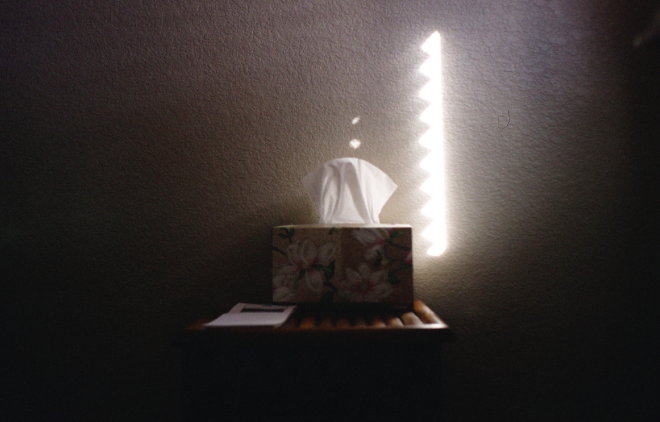
According to the American Academy of Allergy, Asthma, and Immunology, a survey conducted in 2010 revealed that nearly 8 percent of adults in the United States suffer from allergies. The symptoms of allergies can be extremely frustrating, including nasal congestion, watery eyes, sinus pressure, and even a decreased sense of smell and taste.
Many people with allergies don’t realize they complicate the condition by making common mistakes, such as using scented chemicals when cleaning. Here is a look at four strategies you can use to get some relief from allergies.
1: Vacuum Often
Image via Flickr by michaelgoodin
If your home has carpet and you have the option to replace it with hard-surface flooring, you should. Carpet can be an allergy sufferer’s worst nightmare because it collects dust and other allergens that will aggravate your symptoms. Regardless of the type of flooring you have, though, you need to vacuum it at least once a week. There are many vacuums that are safe to use on hardwood and laminate flooring, including fabric allergen sanitizer vacuums. This type of vacuum is especially ideal for allergy suffers because it uses ultraviolet light to eliminate dust mites and various forms of bacteria.
2: The Lower the Humidity, the Better
High humidity levels create a paradise for dust mites and molds to live in. They thrive at their fullest potential when the humidity level is between 70 to 80 percent, so the Asthma and Allergy Foundation of America suggests you use a dehumidifier to keep your home’s humidity below 50 percent. You can also use the air conditioner to keep humidity levels low, but you will want to make sure you are using a HEPA filter. This type of filter traps dust mites and prevents them from entering your home.
3: Don’t Forget the Baseboards
Baseboards are a haven for dust and need to be cleaned at least once a week. In addition to running a vacuum hose over them, you’ll want to wipe them with a damp cloth to remove any compacted dust particles. Other areas of the home that deserve your full attention but commonly get overlooked include ceiling fans, air filters, and mattresses. The best way to keep your mattress from collecting dust and allergens is to use a hypoallergenic cover.
4: Leave Outerwear Outside
Pollen and dust cling to jackets and shoes, and when you bring this outerwear into your home, you are essentially inviting these allergens inside, too. To keep pollen and dust to a minimum, hang your outerwear in an entry area and store your shoes there as well. The goal is to keep them in one room instead of inviting them in to take a tour of your home.
Reducing the symptoms of allergies starts with a visit to the doctor to see if there are any medications you should be taking. The next step involves cleaning your home. From the drapes to the bed linens to the baseboards, you’ll need to clean your home on a weekly basis to keep those aggravating symptoms to a minimum.

